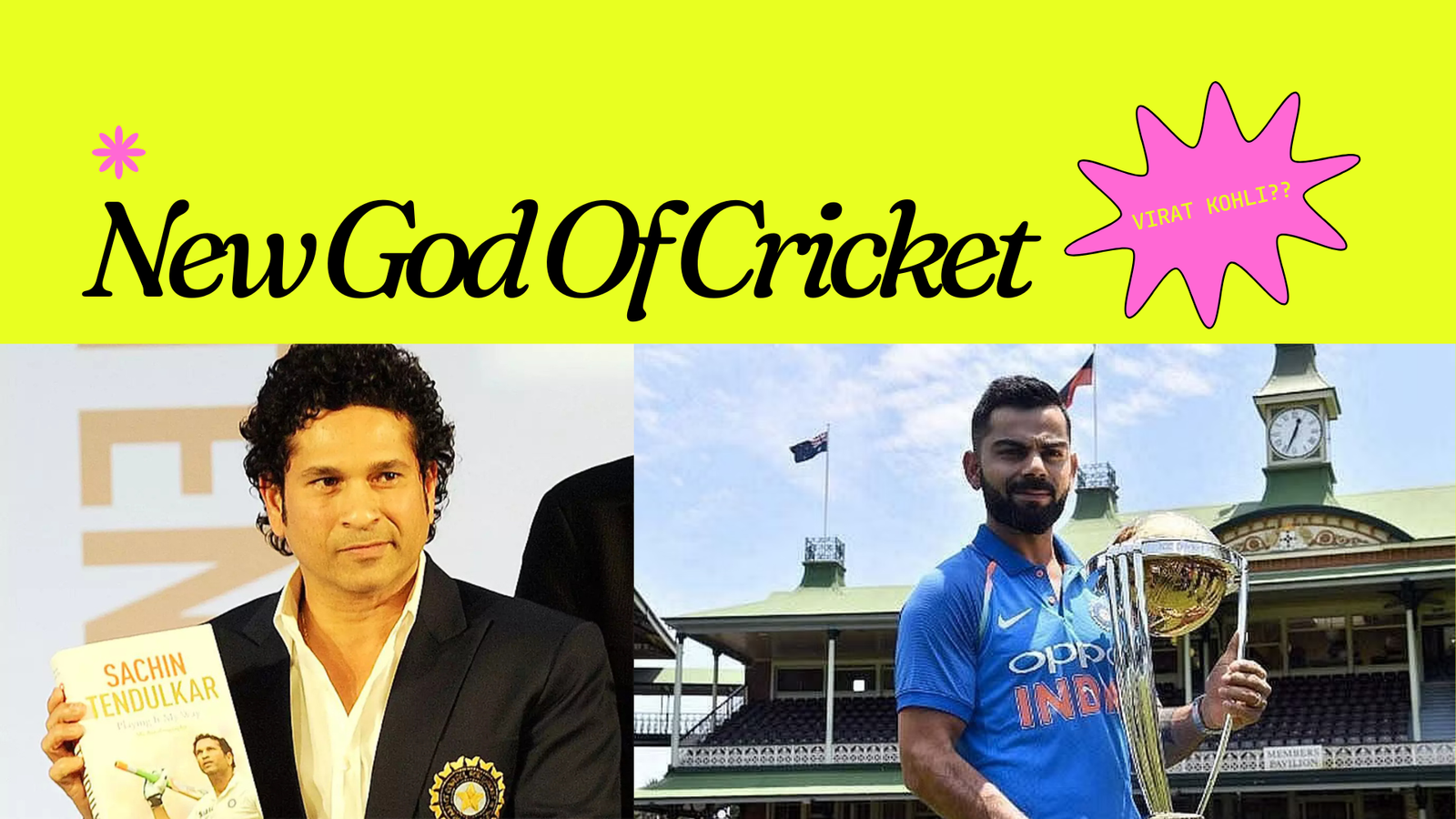Contents
Building a Fortress: Exploring the Highest Partnerships in Test Cricket
highest partnership in test cricket
| Partners | Runs | Wkt | Team | Opposition | Ground | Match Date |
| KC Sangakkara, DPMD Jayawardene | 624 | 3rd | Sri Lanka | v South Africa | Colombo (SSC) | 27-Jul-06 |
| RS Mahanama, ST Jayasuriya | 576 | 2nd | Sri Lanka | v India | Colombo (RPS) | 02-Aug-97 |
| AH Jones, MD Crowe | 467 | 3rd | New Zealand | v Sri Lanka | Wellington | 31-Jan-91 |
| WH Ponsford, DG Bradman | 451 | 2nd | Australia | v England | The Oval | 18-Aug-34 |
Test cricket, the pinnacle format of the game, is a marathon of skill, patience, and resilience. It’s where legends are forged, and partnerships become the bedrock of success. Two batsmen, standing shoulder-to-shoulder, defying the bowlers’ attack and stitching together a monumental stand, is a sight that can enthrall any cricket fan. This article delves into the fascinating world of the highest partnerships in Test cricket, celebrating the epic collaborations that have redefined batting records.
Taking the crown for the highest partnership in Test history is the iconic duo of Kumar Sangakkara and Mahela Jayawardene from Sri Lanka. During the 2006 Test match against South Africa, these two batting maestros weaved magic on the Sinhalese Sports Club pitch in Colombo. Their remarkable third-wicket stand amassed a staggering 624 runs, a feat that still stands tall as an insurmountable peak in Test cricket history. Their marathon innings, spanning over 57 hours, left the South African bowlers utterly demoralized and etched their names forever in the record books.
Following closely behind are Roshan Mahanama and Sanath Jayasuriya, another Sri Lankan pair, who hold the record for the highest second-wicket partnership. Their belligerent knock against India in 1997 at the SSC produced a phenomenal 576 runs. Their attacking brand of cricket, characterized by Jayasuriya’s explosive strokeplay and Mahanama’s solid defense, left the Indian bowlers with no respite. This historic partnership not only salvaged Sri Lanka’s position in the match but also showcased the team’s immense batting potential.
The opening partnership also boasts some impressive entries. South Africa’s Neil McKenzie and Graeme Smith hold the record for the highest first-wicket stand in Tests with a mammoth 415 runs against Bangladesh in 2003. Their patient and watchful approach ensured a solid foundation for their team’s dominance in the match.
While these partnerships hold the top three spots, the list extends further, showcasing the incredible feats achieved by various batting pairs across cricketing nations. Marvan Atapattu and Kumar Sangakkara (Sri Lanka) with their 438-run stand, Jacques Kallis and Ashwell Prince (South Africa) with their 431-run partnership, and Jason Rudolph and Herschelle Gibbs (South Africa) with their unbeaten 429-run alliance are just a few examples of the remarkable collaborations that have redefined batting benchmarks.
The factors contributing to these record-breaking partnerships are numerous. Firstly, it requires exceptional batting talent from both individuals. Players need to possess the technical skills to handle the rigors of Test cricket, the temperament to stay focused for extended periods, and the ability to complement each other’s styles. A good understanding between the batsmen is crucial, allowing them to rotate strike effectively, capitalize on scoring opportunities, and provide valuable support to each other during challenging phases.
Furthermore, the bowlers’ attack and the nature of the pitch play a significant role. A flat batting track that offers minimal assistance to the bowlers allows batsmen to bat for longer durations and accumulate runs more freely. On the other hand, facing a less potent bowling attack provides the opportunity to build a strong partnership without facing excessive pressure. However, it’s important to acknowledge that even against a formidable bowling lineup, a well-established partnership can weather the storm and emerge triumphant.
These record-breaking partnerships hold immense significance in Test cricket. They demonstrate the importance of teamwork and collaboration in this format. A strong partnership not only bolsters the team’s score but also demoralizes the opposition and paves the way for a dominant position in the match. These partnerships become a testament to the batsmen’s skill, grit, and ability to withstand the physical and mental demands of Test cricket.
Looking ahead, the future of Test cricket promises to witness new partnerships emerge and challenge the existing records. The evolution of batting techniques and equipment, coupled with the development of young talent, might lead to a rewriting of the record books. However, the historical significance and the sheer brilliance displayed in the partnerships mentioned above will continue to inspire generations of cricketers and fans alike.
Beyond the statistics and accolades, these partnerships represent a captivating narrative of resilience, determination, and the unwavering spirit of Test cricket. They are a testament to the enduring power of collaboration in achieving greatness on the field, leaving an indelible mark on the cricketing landscape.





